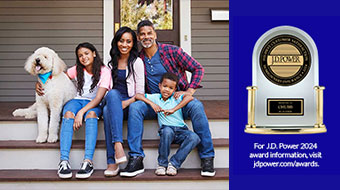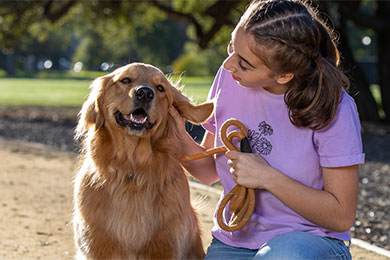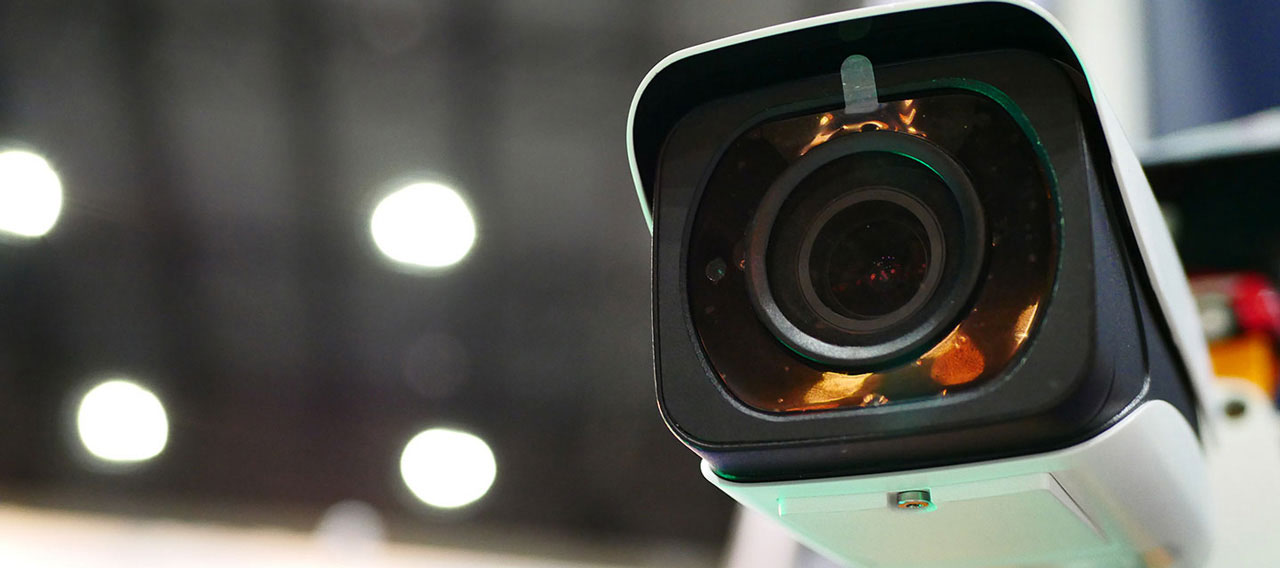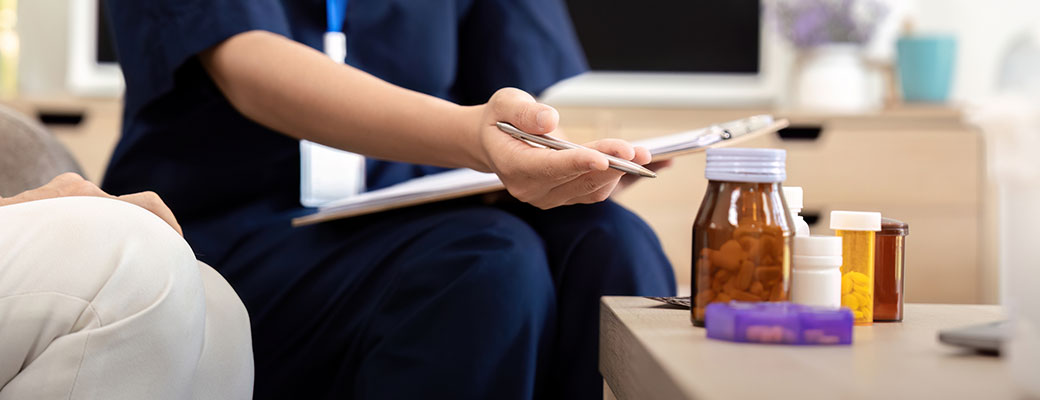- Individuals & Families
- Businesses
- Agents & Brokers
- Embedded Insurance

Chubb ranked #1 for Homeowners Insurance Customer Satisfaction.

Chubb ranked #1 for Homeowners Insurance Customer Satisfaction.

Chubb ranked #1 for Homeowners Insurance Customer Satisfaction.

Chubb ranked #1 for Homeowners Insurance Customer Satisfaction.

Because pets are family, Chubb now offers pet insurance with top-rated coverage from Healthy Paws.

Chubb offers the insurance protection you need for travel’s many “what ifs”.

Chubb protects small businesses at every stage – from newly formed start-ups to long-time anchors of the community.

Stay ahead of cyber threats with our free Cyber Claims Landscape Report.

Learn more about our dedicated learning paths, Online Learning Center, and more.

Many digital-savvy consumers look for it as a core or add-on option.

Many digital-savvy consumers look for it as a core or add-on option.

Many digital-savvy consumers look for it as a core or add-on option.

Chubb’s in-house technology makes it easy to integrate what we do into your customer experience.
-
About
-
Claims
-
Login & Pay Bill
For Agents & BrokersFor Travel Advisors
-
Back
Patients and practitioners expect safety when using a medical product. Their assumptions are based on the premise that the initial product design, clinical testing, manufacturing, and labeling underwent thorough vetting and review prior to the product's release into the market. Responding to unforeseen issues with a product's safety profile efficiently and effectively is key to protecting patient safety and a company's bottom line. This holds true whether the product is a drug, medical device, or dietary supplement.
Product regulation history
The history of life sciences product regulation demonstrates a trend in product approval processes becoming more stringent. Examples include the FDA's Amendments Act of 2007 and, specifically, the advent of risk evaluation and mitigation strategies (REMS) for drugs. Other examples of heightened safety scrutiny include an increased focus on clinical trial auditing to ensure accurate endpoints for safety and efficacy are met and the creation of good manufacturing practices (GMP) for dietary supplement companies. Most recently the provisions of the Modernization of Cosmetics Regulation Act of 2022 (MoCRA) implement serious adverse event reporting. These regulations are telltale indicators that the product safety bar continues to be raised.
Changing safety profiles require ongoing review
Once a product enters the stream of commerce, it is subjected to a multitude of patient or user interactions that cannot be fully anticipated in product development. Because of these variables, a robust product safety surveillance program must be created, implemented, and updated regularly.
Safety surveillance programs allow a dedicated group of interdisciplinary company stakeholders to review reported complaints, malfunctions, and injuries (or other adverse events); identify common trends of concern; and provide a platform for senior management to determine appropriate responses and reduce the potential for future harm. Protocols to evaluate product complaints and ensure timely reporting of adverse events to regulatory bodies are another important aspect of safety surveillance programs.
Safety surveillance program structure
A safety surveillance program must have a formal team leader responsible for the activities conducted by the members of the safety surveillance committee, a direct line of communication to senior leadership, and the authority to effect change.
For a product safety surveillance team to be effective, it is imperative that a product manufacturer maintain active two-way communication with product users. Product users may vary based on what the product is, what it does, who sells it, who prescribes it, and who ultimately uses it. Examples of product users include:
- General consumers
- Patients
- Doctors, nurses, and other healthcare practitioners
- Patient advocacy groups
The safety surveillance committee should meet on a routine basis (e.g., monthly) to review the adverse events and complaints received and analyze potential issues surrounding these notices. Meeting minutes should be documented in a clear, objective manner.
Once causal factors are determined as potential safety, quality, or performance issues, the safety surveillance team must have the authority to meet directly with senior management and determine the best action to address the potential situation. A multidisciplinary approach that involves product development, manufacturing, sales, and legal counsel is crucial for an effective, ongoing solution.
Robust data analysis and information security
The safety surveillance team must have the appropriate technology, training, and staffing to allow for effective data collection and analysis. The system should be set up to ask for set questions such as:
- The person's name, address, phone number, and email address
- The product name, model, lot number, or serial number
- The details of the complaint, illness, and/or injury
- How long the person was taking or using the product
- Other medicines or extenuating circumstances at the time of the incident
Since personal health information will usually be associated with safety surveillance inquiries, the utmost care in privacy protection must be exercised to protect patient confidentiality. Information security controls must be robust and constantly updated to address evolving security threats and regulatory requirements.
The safety surveillance database must have software functionality to track and trend adverse data. In addition to providing reports to the appropriate regulatory bodies, the information can provide knowledge of unforeseen issues. Although sometimes issues are more overt, such as an infection or toxic reaction, the safety surveillance team must also be able to look for "needles in haystacks."
When possible, the product in question should be returned for forensic analysis. A return merchandise authorization (RMA) system should be in place to provide a formal method for tracking returned products. The RMA program should include shipping costs to encourage the customer to return the product for review.
Protecting patients and the bottom line
The ultimate goal is to protect patient safety through conducting structured risk analyses. These efforts can reduce potential litigation expenses and help protect a company's good name and reputation.
When monitoring product safety data, it is important to ensure the information received shows a significant trend while at the same time acting fast enough to protect patient safety. The key is maintaining due diligence throughout the product's lifecycle and ensuring employees know how to write defensively to provide accurate, non-biased data.
Off-label use of approved drugs and devices is also a potential safety concern that can be identified with an effective safety surveillance program. The off-label data entries can also be cross-referenced with the company's sales and marketing records to investigate the potential for off-label promotion.
Companies cannot solely rely on regulators to tell them what to do. If product issues are developing, steps should be taken to address the situation. This is why a systemic, scheduled multi-stakeholder approach is considered best practice for product safety surveillance.

Safety surveillance checklist
A company should never be accused of placing profits ahead of patient safety. To help ensure this does not happen, reference this checklist to verify that the following have been addressed.
Food and Drug Administration Amendments Act of 2007, https://www.fda.gov/regulatory-information/selected-amendments-fdc-act/food-and-drug-administration-amendments-act-fdaaa-2007
Food and Drug Administration Adverse Event Reporting: MedWatch, www.fda.gov/safety/medwatch/
Food and Drug Administration Adverse Event Reporting: MDR, www.fda.gov/medicaldevices/safety/reportaproblem/default.htm
ISO 27001 Information Security Management Systems, https://www.iso.org/standard/27001
Healthcare Information Technology for Economic and Clinical Health Act, www.healthit.gov/policy-researchers-implementers/health-it-legislation-and-regulations
Modernization of Cosmetics Regulation Act of 2022, https://www.fda.gov/cosmetics/cosmetics-laws-regulations/modernization-cosmetics-regulation-act-2022-mocra
Learn more & connect
For more information about protecting your company, contact your local Chubb Risk Engineer, email us at RiskEngineeringServices@chubb.com, or visit www.chubb.com/engineering.
Insights and expertise




This document is advisory in nature and is offered as a resource to be used together with your professional insurance advisors in maintaining a loss prevention program. It is an overview only, and is not intended as a substitute for consultation with your insurance broker, or for legal, engineering or other professional advice.
Chubb is the marketing name used to refer to subsidiaries of Chubb Limited providing insurance and related services. For a list of these subsidiaries, please visit our website at www.chubb.com. Insurance provided by ACE American Insurance Company and its U.S. based Chubb underwriting company affiliates. All products may not be available in all states. This communication contains product summaries only. Coverage is subject to the language of the policies as actually issued. Surplus lines insurance sold only through licensed surplus lines producers. Chubb, 202 Hall's Mill Road, Whitehouse Station, NJ 08889-1600.


